- Located in Luang Prabang and Phongsari provinces in northern Laos, the project consists of seven cascaded power stations
- With a total capacity of 1.272 million kw, the project will be put into operation by the end of September 2021
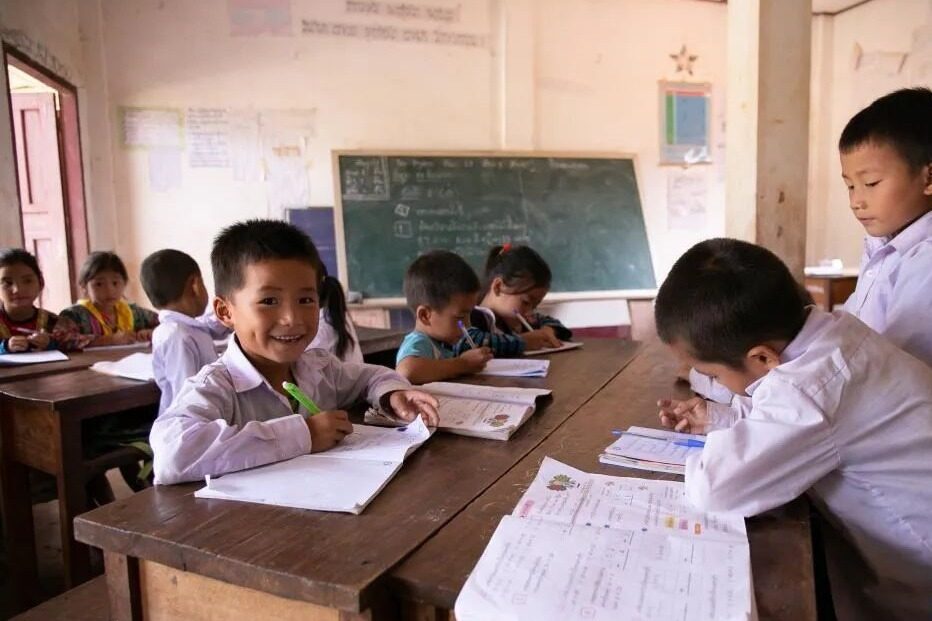
"I haven't been to Fengshali for many years. I can't believe it when I see the hydropower stations built by Power China on the Southern Europe River and the new villages and roads they are helping the local people to build and their lives are getting better and better. I appreciate and admire PowerChina from the bottom of my heart." A reporter from the Lao Social and Economic News, Lassami, told Xinhua recently in Phongsari province in the Laos-China border area.
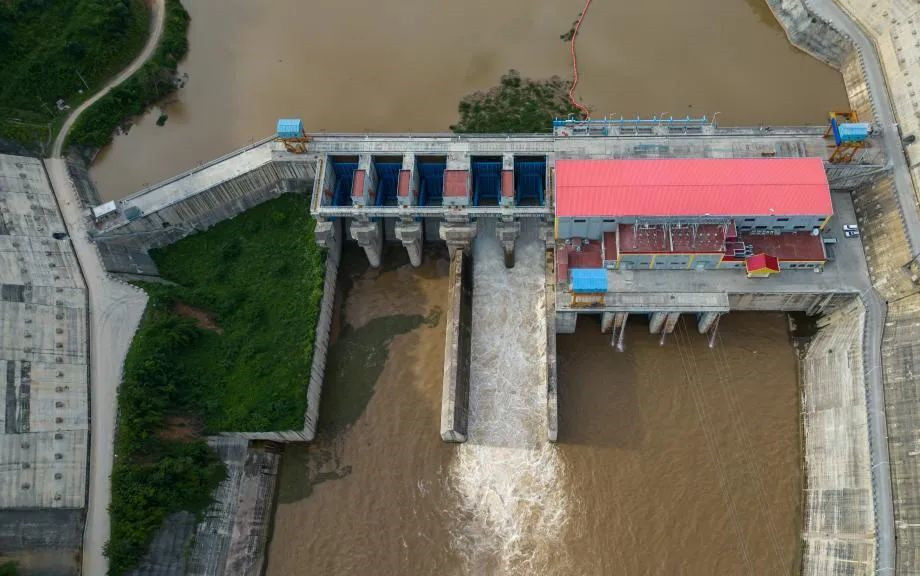
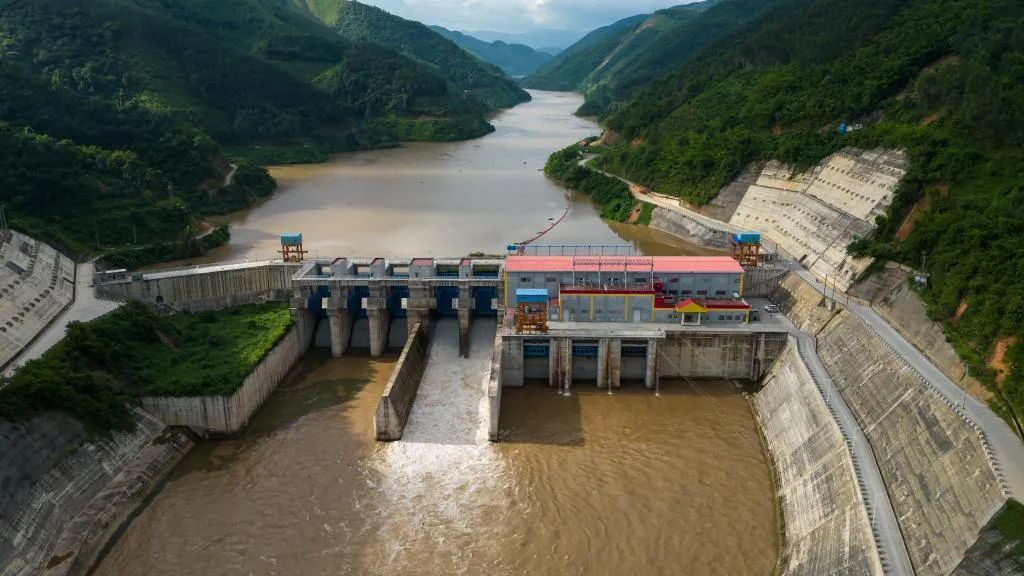
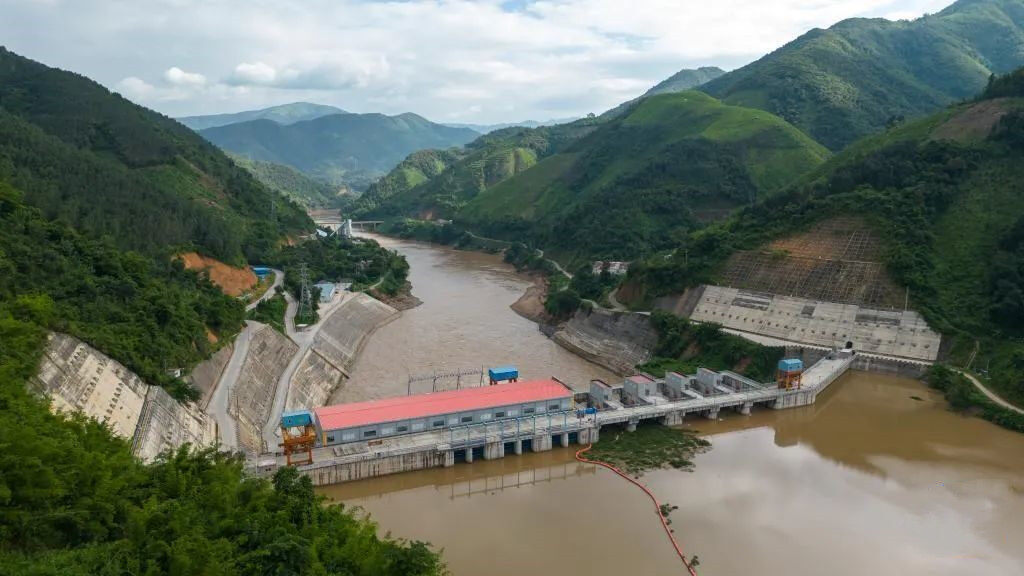
What Lazami is referring to is the cascade hydropower project of Power China Nanou River Basin, which is located on the Nanou River, the largest tributary of the Mekong River in Laos. It is the first overseas project planned and invested by Chinese enterprises in the whole basin.
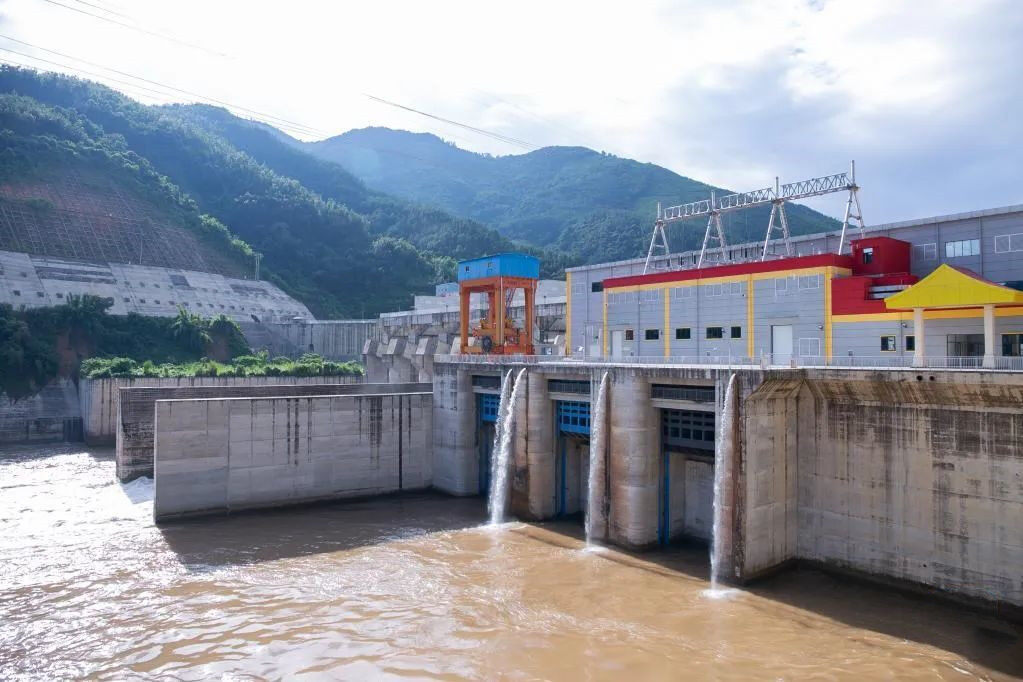
"Our Zhalun village has 71 families and more than 500 people who were moved here in 2016 to build a hydropower station. They [PowerChina] have built us strong houses and expanded roads, and now it's very easy for the villagers to get around." 'The arrival of Chinese companies has brighened the prospects of the mountain village of Zhalun in Phongsari province, which is connected by road to the construction of the Southern Europe River ladder power station,' Mr. Tadamori, the 49-year-old village chief, told reporters. "Most of our village is mountainous and there is little flat land. Now there is not only a road, but also a new school and medical clinic. Schools used to be wooden houses. Now Chinese companies are building brick houses."
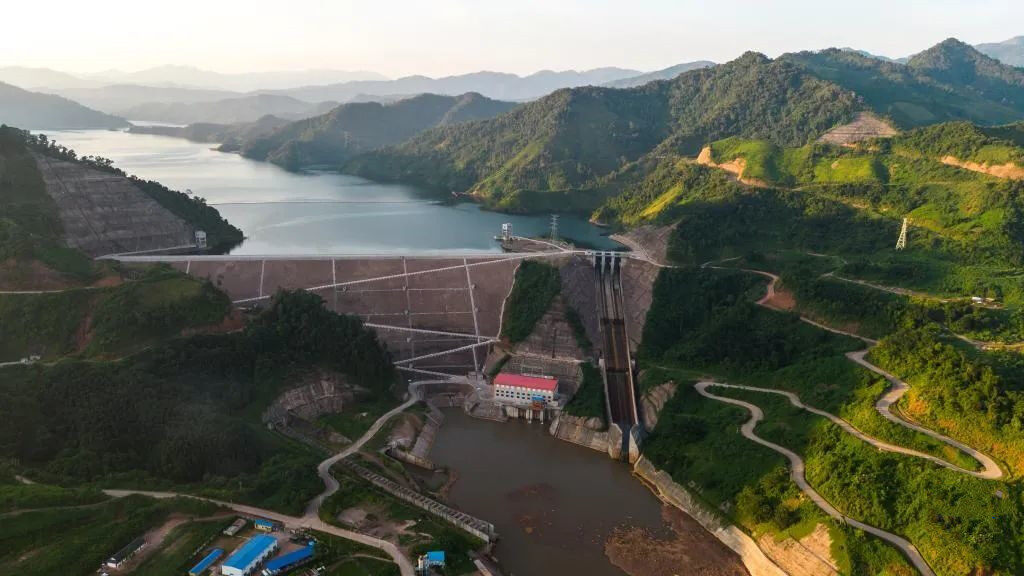
"The Southern European River Basin should adopt the most reasonable plan to minimize the relocation of original residents, minimize the inundating of cultivated land and woodland, and minimize the impact on the ecological environment." Song Huihong, general manager of PowerChina Laos Southern Europe River Basin Power Generation Co., LTD., which operates the power station, said that the Southern Europe River Cascade hydropower project will not only serve as a regulatory function for regional power stations, but also ensure the safety and stability of Laos' power grid. It can also give play to the positive role of regional power stations in regional water resources management, meteorological resources cooperation, hydropower technology education and training bases, Lancang-Mekong cooperation demonstration, and promoting public welfare and regional people's livelihood, so as to "provide reliable energy support for economic and social progress in Laos and inject new growth drivers into its development".
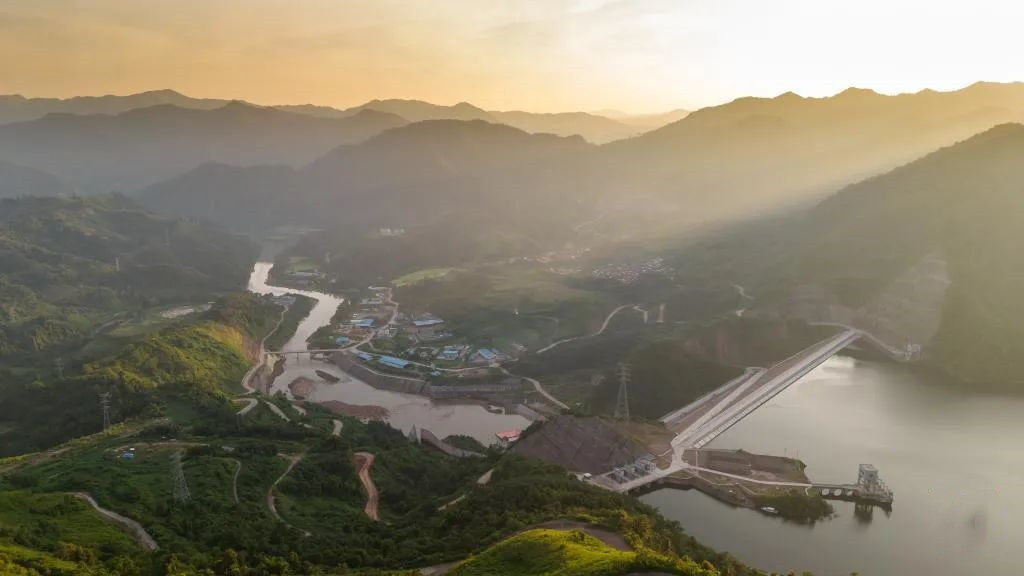
In addition, the Southern Europe River Basin Hydropower Project has built a hydrological measurement and forecasting system covering about 25,000 square kilometers in northern Laos, and cooperated with the Yunnan Meteorological System of China. Through precise operation and centralized control management of the basin, the project has learned the weather, rain and water conditions in the basin in real time, thus avoiding the impact of floods on residents along the coast to the maximum extent. All the information and data of the weather forecast and hydrological monitoring and reporting system shall be shared with Lao Fang.
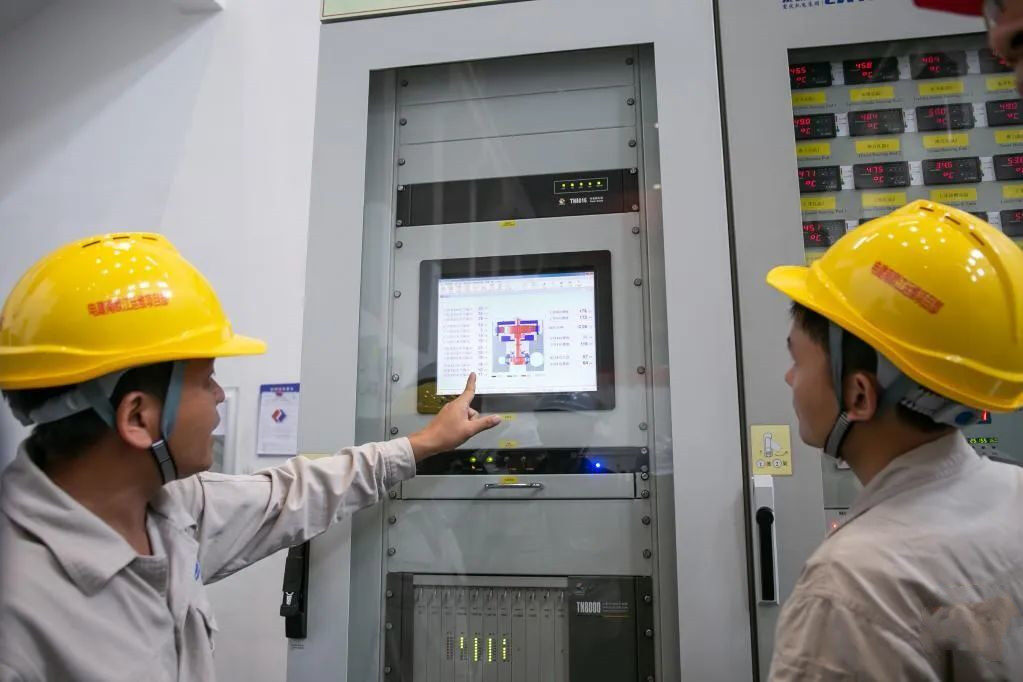
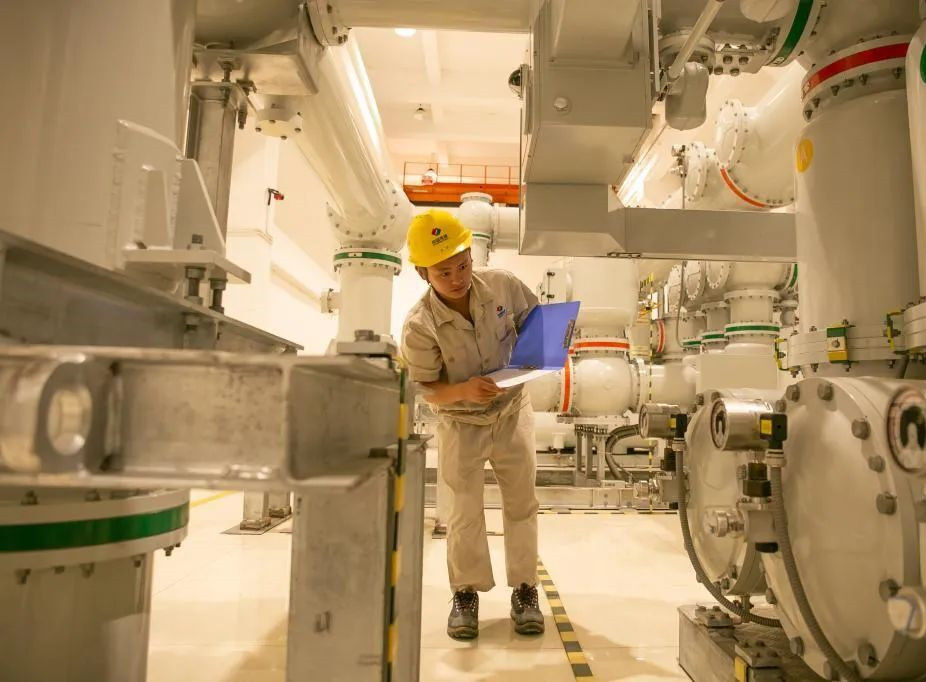
"Our ultimate goal is to make the local people live and work in peace and contentment. During the development and construction of the Nanoujiang hydropower Project, we built 30 new villages for local residents, built more than 20 Bridges and over 500 kilometers of roads, greatly improving the production and living standards of local residents. The villagers around the project no longer rely on the weather for their harvest, but live in brick and concrete houses on stilts." Song Huihong said.

The local government of Laos has spoken highly of the cascade hydropower project of Power China in the Southern European River Basin. Kampei, Secretary of the Party Committee and Governor of Fengsari Province, told reporters recently that PowerChina has built four power stations in the province, injecting new momentum into the economic and social development of Fengsari Province. Powerchina has also built roads and Bridges, built new villages for migrants, provided water and electricity to the villages, and built wharves, helping residents along the routes improve their production and living standards.
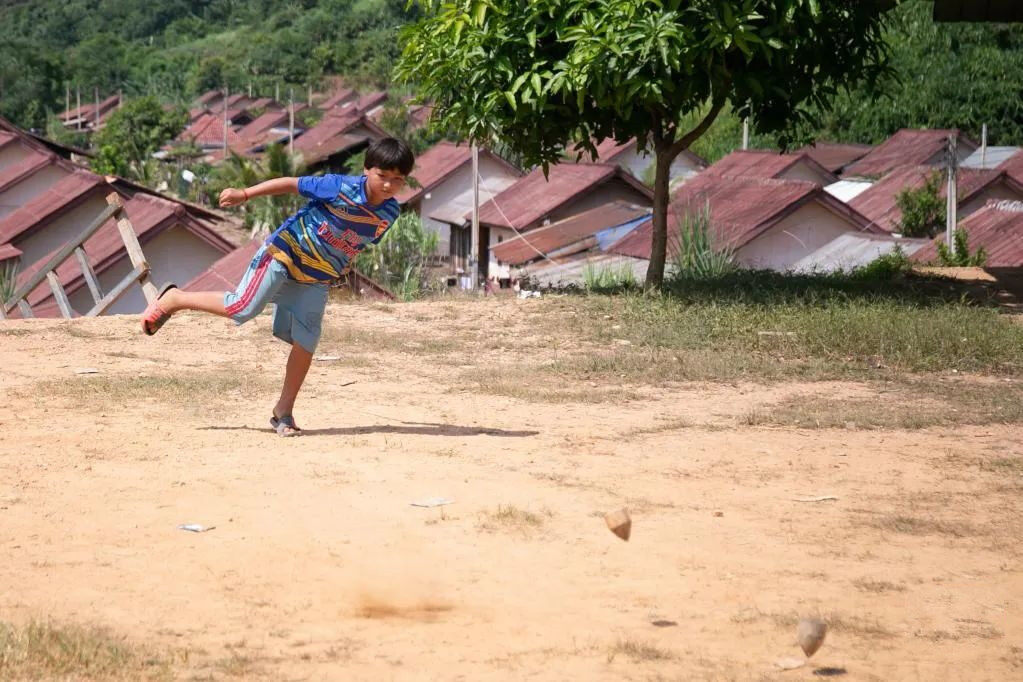
"These are all good things that benefit the people. Fengshali has been developing rapidly in recent years, and its urban infrastructure has taken on a new look, thanks to the strong support of PowerChina Nanijiang Project," said Kempe. "During the epidemic, Chinese companies took the initiative to vacate a spare camp as a quarantine house and donated supplies to the local government. "Powerchina has done a lot of practical work to benefit the people, which is a real benefit brought by China's Belt and Road Initiative and a practical reflection of the deepening Laos-China friendship." Editor/He Yuting
Comment
 Praise
Praise
 Collect
Collect
 Comment
Comment
 Search
Search



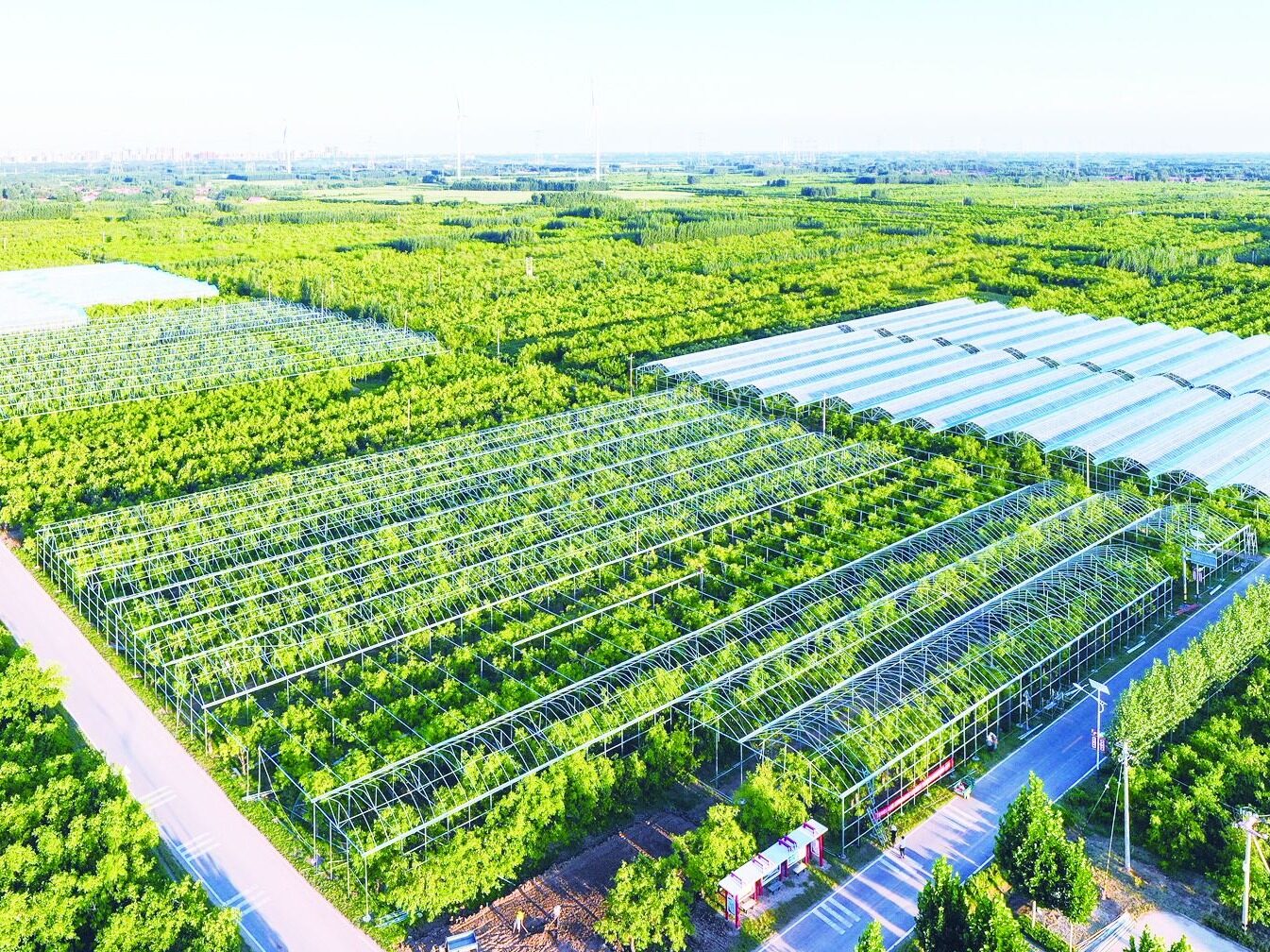
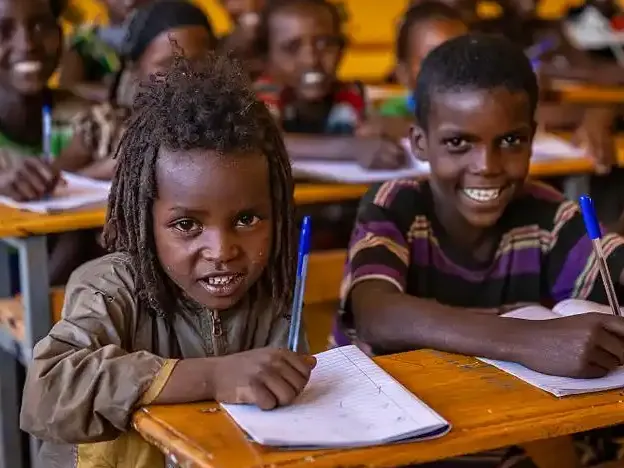
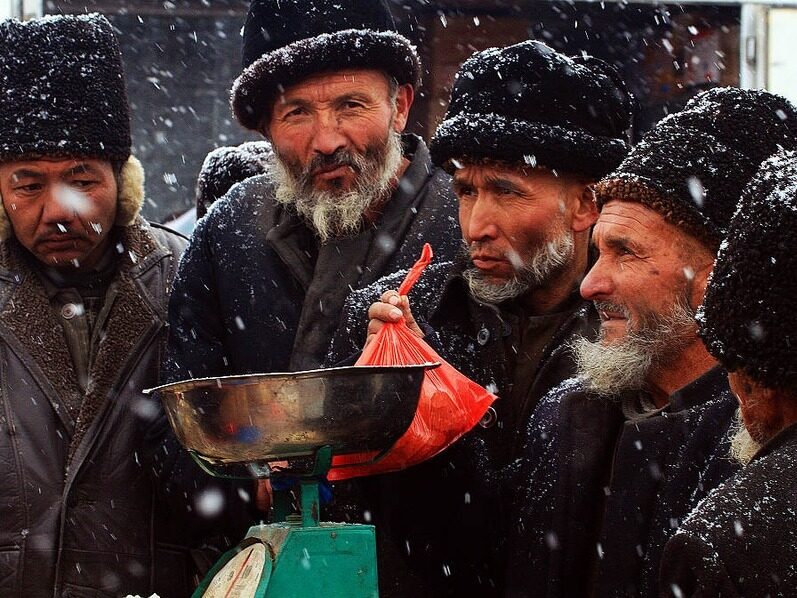
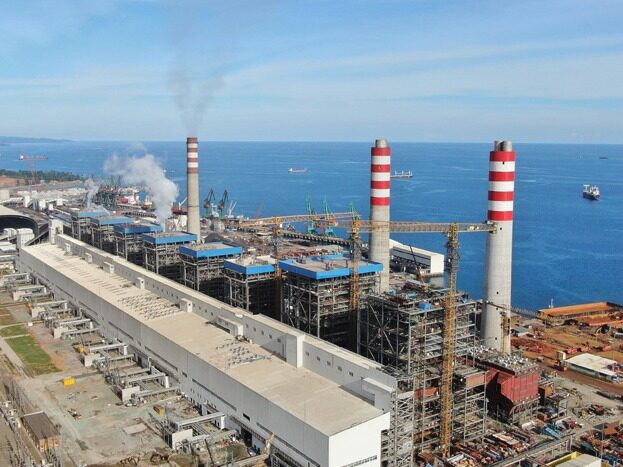
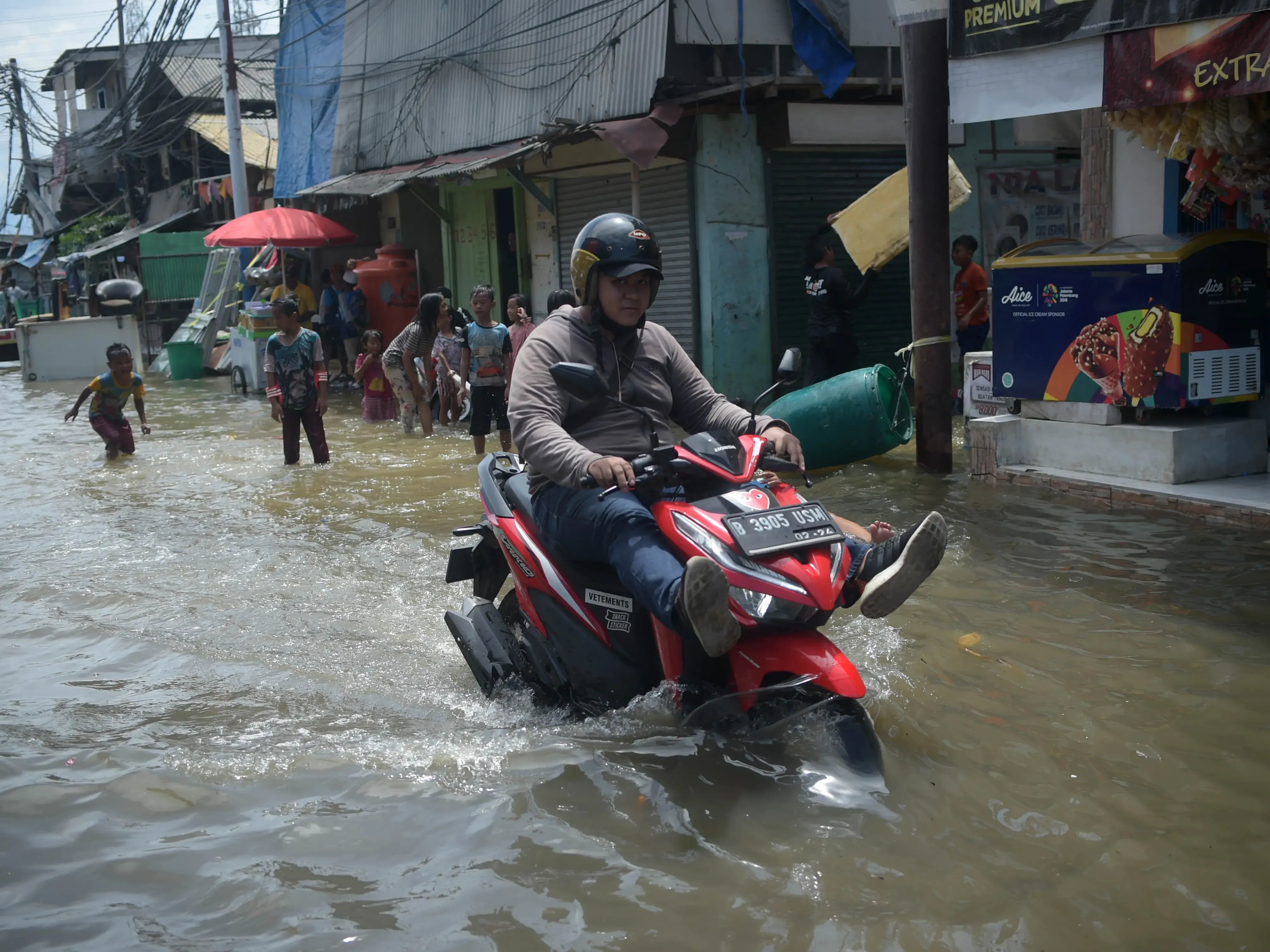






Write something~